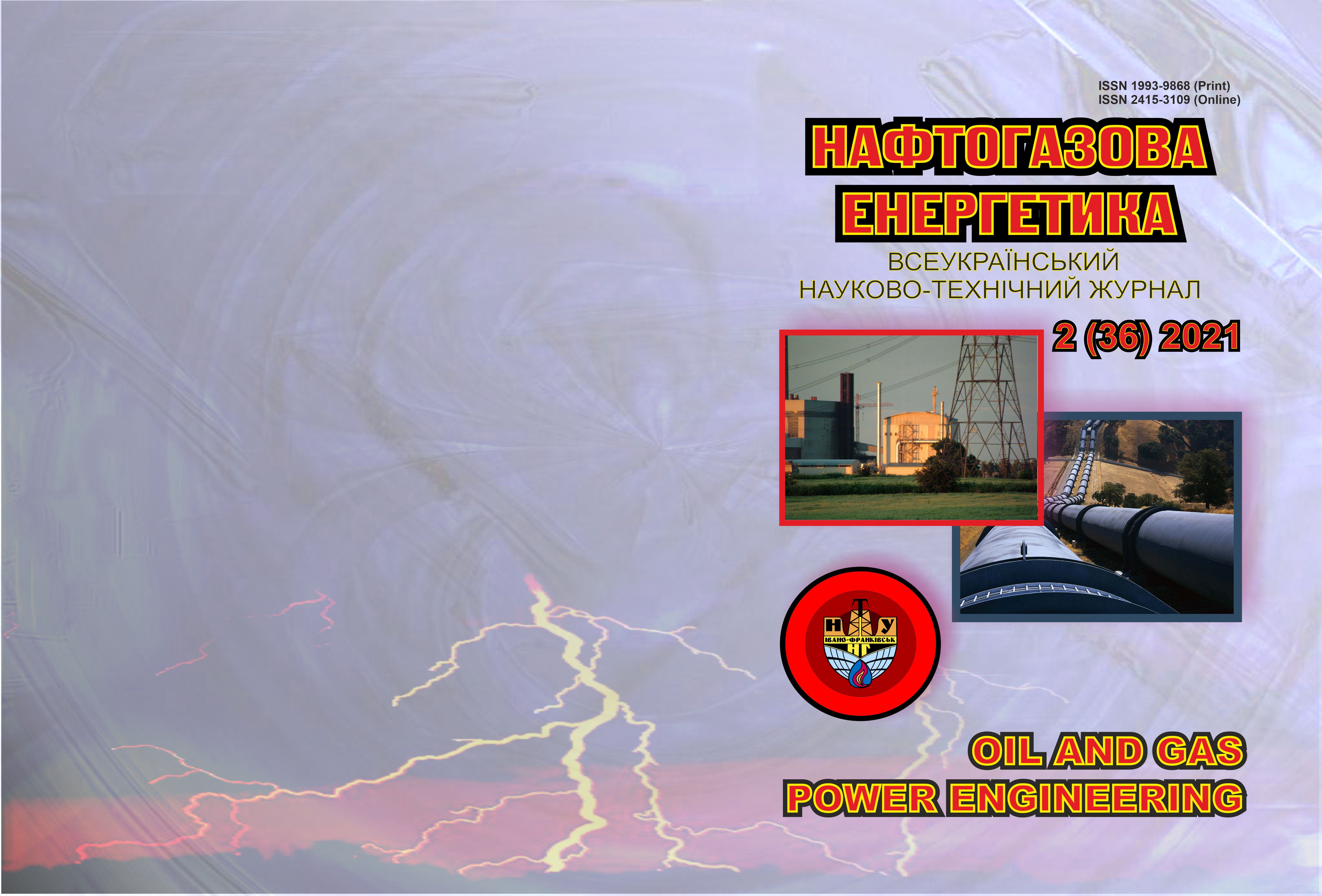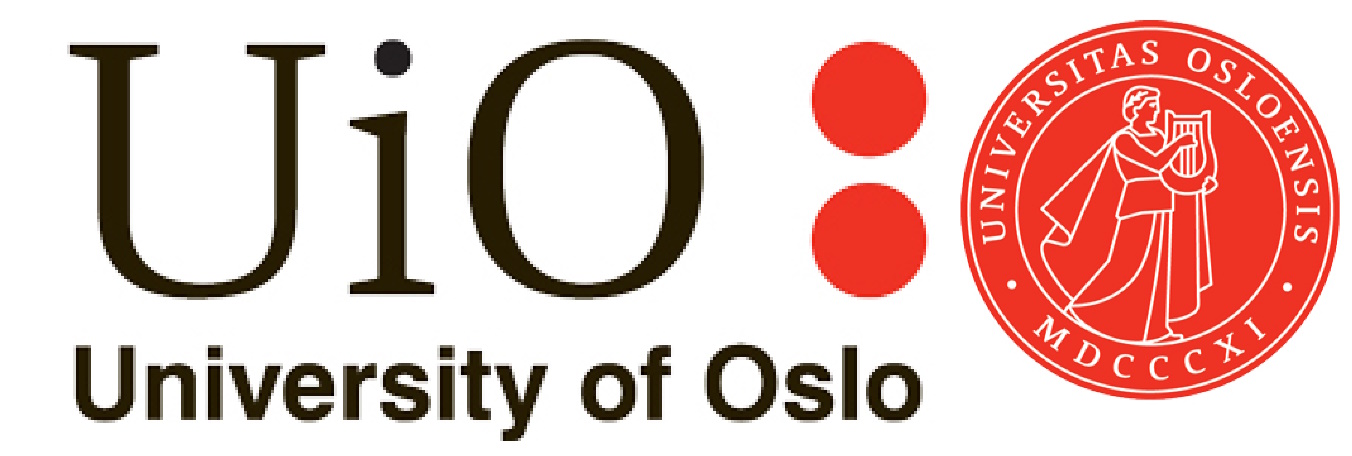Hydraulic flow mixing model
DOI:
https://doi.org/10.31471/1993-9868-2021-2(36)-42-48Keywords:
downhole jet pump, mixing chamber, workflow, ejected flow, velocity profile.Abstract
Based on the theory of a flooded jet moving in a concomitant flow, a hydraulic model of the downhole jet pump working process in the form of a central potential and coaxial annular flows is proposed. In the process of building a hydraulic model, the geometric dimensions of the elements of the flow part of the jet pump and the ratio of the costs of the working and ejected flow of the downhole ejection system are taken into account. The central potential flow is characterized by a constant velocity profile. Peripheral shear annular flow is characterized by an uneven distribution of kinematic parameters and can be approximated by elementary functions. The proposed velocity profile in the annular boundary layer maintains the approximate self-similarity throughout the initial section of theworking flow of the jet pump. To characterize the non-uniform distribution of kinematic parameters in the mixing chamber of the jet pump, the ratio of the average and maximum speed of the mixed flows is used. In the process of integration of the proposed velocity profiles, an analytical dependence is obtained, which connects the generalized coefficient of non-uniformity of distribution of kinematic parameters in the mixing chamber of the jet pump with the characteristics of the downhole ejection system. According to the obtained analytical dependence, the value of the coefficient of non-uniformity of the distribution of kinematic parameters is directly proportional to the distance between the working nozzle and the mixing chamber of the jet pump. The proposed model of velocity distribution in the inlet section of the mixing chamber allows to reduce the error of analytical determination of the jet pump pressure and increase the efficiency of designing the operating parameters of the well ejection system.
Downloads
References
Naik B.R.,Patel S.M.The Effect of Venturi Design on Jet Pump Performance.Journal for Research (J4R). 2016. Vol.2. no 04/06. P.23-28.
Abdou Hesham A.M., Mikhail S., Abou-Ellail M. Jet Pump Performance with Secondary Fluids Differ in Density and Viscosity.Abu Dhabi International Petroleum Exhibition and Conference, Abu Dhabi, U.A.E., 2006. SPE 102546. 14 p. http://doi./10.2118/102546-MS.
Xiao L., Long X. Cavitating Flow in annular jet pumps. International Journal of Multiphase Flow. 2015. Vol.71. No5. P. 116-132. https://doi.org/10.1016/j.ijmultiphaseflow.2015.01.001.
Panevnik D.A., Velichkovich A.S. Otsenka napryazhennogo sostoyaniya korpusa naddolotnogo gidroelevatora. Neftyanoe hozyaystvo. 2017. № 1. Р. 70-73. [in Russian].
Butenko A.G., Smyik S.Yu. Povyishenie effektivnosti rabotyi tsentralnyih ezhektorov. Energotehnologii i resursosberezhenie. 2013. № 2. Р.47-49.[in Russian].
Meakhail T.A., Teaima J.R. A Study of the effect of Nozzle Spacing and Drilling Pressure on the Water Jet Pump Performance.International Journal of Engineering Science and Innovative Technology. 2013. Vol.2. № 5. P. 373-382.
Yapici R., Aldas K. Optimization of water Jet pumps using numerical simulation. Journal of Power and Energy. 2013. № 6. P. 438-449. http://doi./10.1177/0957650913487529.
Povh I.L. Tehnicheskaya gidromehanika. Leningrad: Mashinostroenie, 1976. 504 р. [in Russian]
Nazarchuk M.M., Panchenko V.A. Ogranichennyie strui. Kiev: Naukova dumka,1981. 212 р. [in Russian]
Kawaguty K., Ueki H., Akamine S., Umeoka T. Experimental Research on an air mixed jet pump for sea water purification. Proceeding of the Sixth International Offshore and Polar Engineering Conference, Los Angeles, USA, 1996.P.134-142.
Sokolov E.Ya, Zinger N.M. Struynyie apparatyi. M.: Energoatomizdat, 1989. 352 р. [in Russian]
Downloads
Published
How to Cite
Issue
Section
License
Copyright (c) 2022 Oil and Gas Power Engineering

This work is licensed under a Creative Commons Attribution-ShareAlike 4.0 International License.


.png)






1.png)









